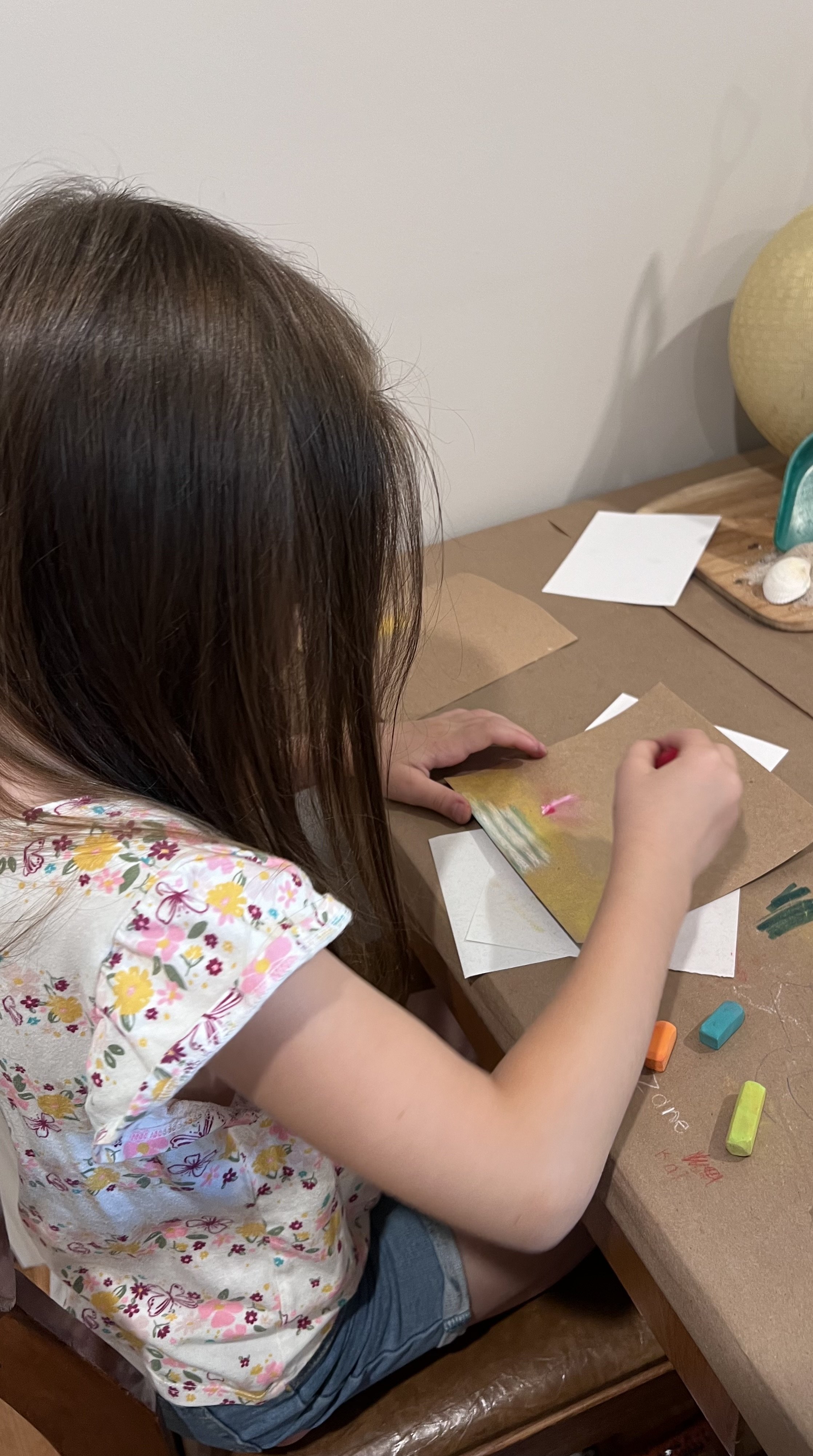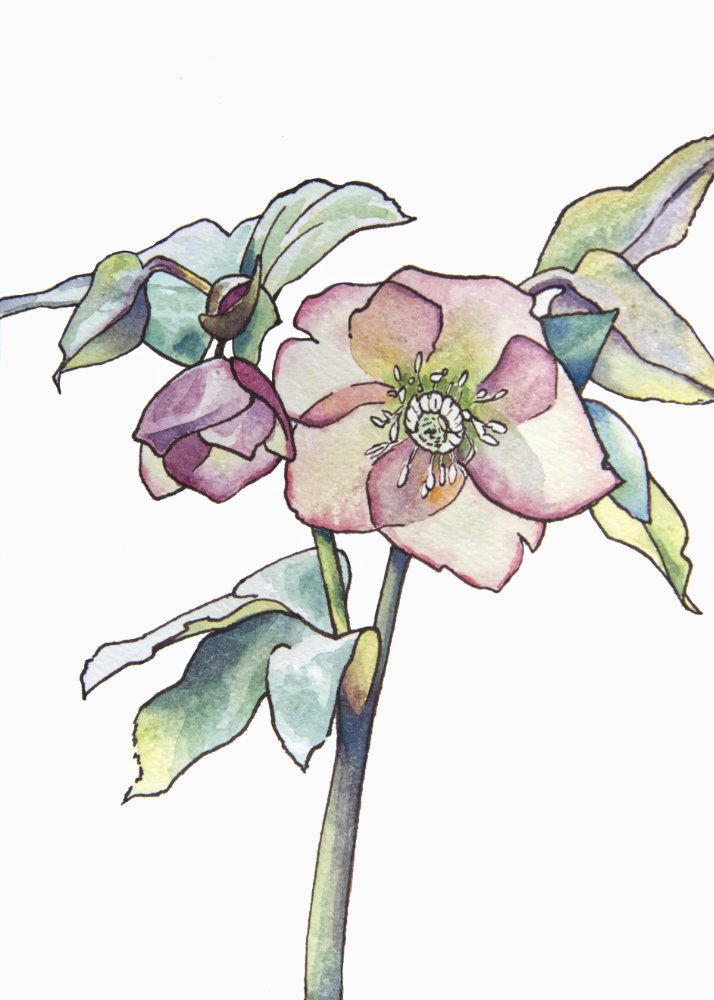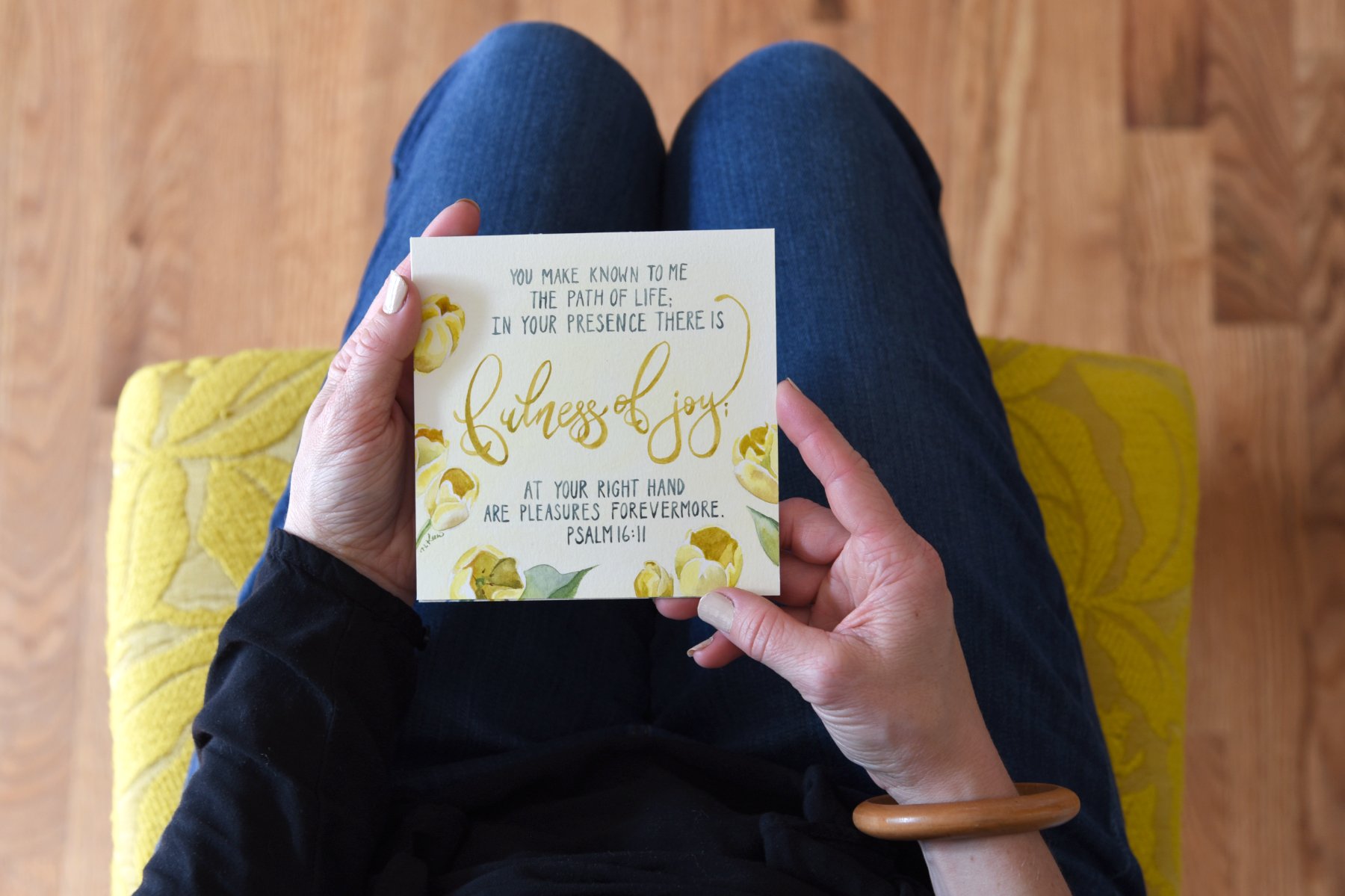This! Drawing daily, has been one of the greatest catalysts in my artistic growth.
Even though I may not draw very long each day, the fact that is one of my daily habits makes it front of mind. And some days I have hours to paint! Joy! I have a space for drawing each day, and know that if miss it one day, I will get to it on the next day. That regular space for it has made it a habit.
Truth be told though, many of my habits get knocked about in December and I have to re-engage them in January. That is where I am now. I need to re-think my weekly and daily schedule to see where drawing will fit each day. Most often my drawing or painting time is during my toddler’s nap time, but sometimes it is after bedtime. I’ve left this “drawing habit” pretty open ended to include painting commissions, drawing on my Sunday sermon notes, sketching plants to paint, or drawing my children just because they are cute. I don’t want to pressure of finishing a framable piece every day. No. It is mostly practice. Then I get to choose which drawings to continue and develop. On the flip side, if you want to get better at drawing and only draw once a month or so, the pressure is on! Your “once-a-month” sketchbook session feels like your only shot to make something good. Or maybe I just have that perfectionist mindset.
Maybe you are a mom like me. I would love to start drawing more WITH my kids while they are at this age, so Friday mornings might become our drawing together day. Not necessarily instructional, just making side by side. No judgement, just enjoyment. Using whatever sparks their interest. A how to draw book from the library. A step by step youtube video. A favorite Disney character or stuffed animal. Maybe they want to just play with smudgy charcoal.
I know that I will grow artistically, or in anything really, if I just practice it regularly. Here’s plenty of proof from my own life and some of my students!
Katrina took drawing lessons from me to brush up on her artistic skills a few years ago. Here are some examples of her drawing progress with consistent practice over the last few years. How satisfying!
And here are examples of mine over a period of several years of constant drawing practice.
It has been so satisfying watching my students of all ages take incremental, but real steps forward with their art ability. Just imagine where you will be in a year or two if you start the practice today! It just gets more a more enjoyable as you improve and gain confidence. If you have been drawing or painting regularly and still find yourself discouraged, take a moment to look back through your sketchbooks and see the progress you have made so far!
So let’s start that habit!
Make it fun. I’ll talk more on this in the next post.
Make it easy each day.
Keep your sketchbook and pencil pouch where you will be drawing. Is that in your purse, on your side table, or near the dinning table?
Mark a time that you will do it each day. It can be just 5 minutes, especially at the start.
3. Keep a list of what you want to draw. You might get these ideas as you are drawing. You can jot them down in a list on your phone or a little notebook. They can be photos grouped into a photo album of “Drawing ideas.”





































